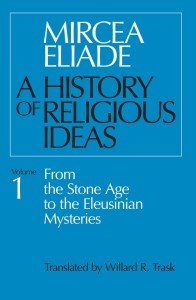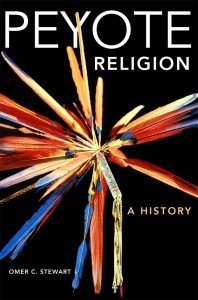Uncovering the Mysteries of Shinto:
A Comprehensive Review of John Breen's A New History of Shinto
Shinto is one of the oldest and most influential religions in Japan, yet it remains a mystery to many outside of the country. Its complex history and deep cultural significance have often been overlooked or misunderstood. However, John Breen’s book, A New History of Shinto, offers a comprehensive and insightful exploration of this fascinating religion.
Breen, a professor of Japanese history and culture at the International Research Center for Japanese Studies, has dedicated much of his career to studying Shinto. In his book, he delves into the origins and evolution of Shinto, tracing its development from ancient times to the present day.
One of the most striking aspects of the book is its thorough examination of the origins of Shinto. Breen challenges the traditional belief that Shinto is a purely indigenous religion, arguing that it has been shaped by a variety of influences, including Buddhism and Confucianism. This perspective offers a more nuanced understanding of Shinto and its relationship with other religions in Japan.
Another strength of the book is its exploration of the role of Shinto in Japanese society. Breen highlights how Shinto has been intertwined with politics and the state throughout history, from the imperial cult in ancient times to the modern-day relationship between the government and the Shinto establishment. This analysis sheds light on the complex and often controversial role of Shinto in Japanese society.
One of the most fascinating aspects of A New History of Shinto is its examination of how Shinto has evolved and adapted over time. Breen’s research shows how Shinto has responded to changing social and political circumstances, including the influence of Western ideas and the development of a modern nation-state. This evolution of Shinto is crucial to understanding its current form and ongoing relevance in Japanese society.
One of the book’s few drawbacks is its dense and academic style. Breen’s writing can be quite dense and may be difficult for readers unfamiliar with Japanese history and culture. However, this book is a treasure trove of information and insights for those with a strong interest in Shinto and Japanese history.
Overall, A New History of Shinto is for anyone interested in Japanese culture, history, or religion. Breen’s extensive research and nuanced analysis offer a fresh perspective on Shinto and its place in Japanese society. The book is a valuable resource for scholars and casual readers alike, providing a thorough and engaging exploration of this ancient and dynamic religion.
In conclusion, John Breen’s A New History of Shinto is a masterful work that offers a comprehensive and thought-provoking examination of one of Japan’s most enduring religions. Whether you are a student, a researcher, or simply curious about Shinto, this book is an essential addition to your reading list. Breen’s expertise and passion for the subject shine through in every chapter, making this an engaging and enlightening read.






